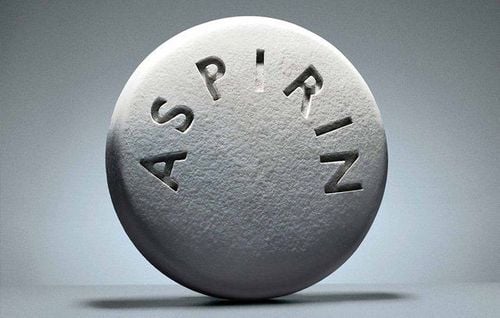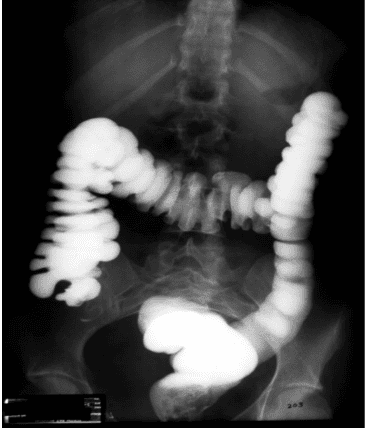This is an automatically translated article.
Carbohydrates provide energy for meals consisting of sugar and starch. 1 gram of carbohydrate contains about 3.75 calories (16 kJ), of which fiber is also a type of carbohydrate found almost exclusively in plants. Therefore, carbohydrates have a very important role in the development of our body.1. The role of carbohydrates
Carbohydrates are an important part of the diet, including sugar, starchy carbohydrates, and fiber. Carbohydrates provide an important source of energy, and fiber is essential for health, the human digestive system. There is also evidence that the type of carbohydrate consumed can affect the risk of several diseases including cardiovascular disease.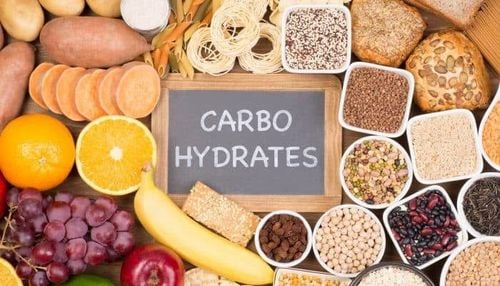
Carbohydrate là thành phần quan trọng bao gồm đường, carbohydrate tinh bột và chất xơ
2. Classification of carbohydrates
All carbohydrates are compounds of carbon, hydrogen, and oxygen. Carbohydrates can be classified in many different ways. A common way is by structure when divided into three main groups, according to the size of the molecule:Monosaccharides These are the simplest carbohydrate molecules. The monosaccharides that occur commonly in foods are glucose, fructose and galactose.
Disaccharides These sugars are formed when two monosaccharide molecules link together and remove one water molecule. They have the general formula C12H22011. Examples of disaccharides are sucrose (glucose and fructose), lactose (glucose and galactose) and maltose (2 glucose molecules).
Oligosaccharides Oligosaccharides are carbohydrate molecules with a carbon chain length longer than sugars (mono and disaccharides) but shorter than polysaccharides. They usually have a carbon chain of 3 to 10 carbon molecules. In general, the body does not have the digestive enzymes to digest oligosaccharides to pass through the digestive tract and can be metabolized by intestinal bacteria.
Polysaccharide Polysaccharide is made up of many monosaccharide molecules (usually glucose), linked together. They have the general formula (C6H1005) n, where `n ́ is a large number. Examples of polysaccharides are starch, glycogen (the form of glucose stored in the body), cellulose, beta glucan, and pectin (ingredients classified as fiber).
For dietary purposes, carbohydrates are also described in the following way:
Intrinsic sugars, which are incorporated into the cellular structure of foods. For example, the sugar in fruits and vegetables. Extrinsic, unbound sugars such as lactose (milk sugar) in dairy products. In addition, honey, fruit juices, table sugar and confectionery are also examples of foods that contain foreign sugars, known as non-dairy extrinsic sugars (NMES).
Complex Carbohydrates Starch is commonly found in potatoes, bread, rice and pasta. And fiber - carbohydrate polymers with three or more monomer units (to exclude mono and disaccharide, simple sugars of one or two molecules). These polymers are neither digested nor absorbed in the small intestine. Terms as defined by the European Commission include: Carbohydrate polymers that are naturally occurring in food when consumed. Carbohydrate polymers are obtained from food materials by physical, enzymatic or chemical means and have beneficial physiological effects. The effects of carbohydrate synthesis enzymes and polymers have been demonstrated through generally accepted scientific evidence.
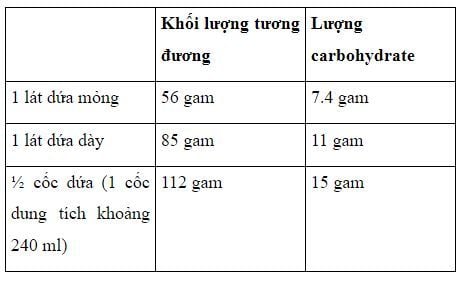
Tất cả carbohydrate đều là hợp chất của cacbon, hydro và oxy
3. Function of Carbohydrate
On average, 1 gram of carbohydrate in the form of starch or sugar provides 3.75kcal (16kJ). For food labeling purposes, a conversion factor of 4kcal (17kJ) is used. Recently, the European Commission agreed that dietary fiber also contributes a small part to energy, by being digested in the large intestine by resident bacteria. Currently, an energy value of 2kcal/g (8.4kJ) has been attributed to fiber.The body's tissues require a constant supply of glucose, which is used as fuel. The main source of glucose is dietary carbohydrates but can also be synthesized from protein. If the diet is low in carbohydrates, a larger percentage of the protein in the diet itself will be used to provide glucose, which means less for the growth and repair of body tissues. Therefore, carbohydrates in the diet have the effect of sparing protein, and now most foods contain some carbohydrate.
3.1. Carbohydrates and oral health
Cavities are the gradual destruction (demineralization) of teeth, caused by acids produced by bacteria acting on sugars and other fermentable carbohydrates on the tooth surface. Tooth decay arises when several factors occur at the same time, especially sensitive tooth surfaces, acid-producing bacteria found in the mouth, and carbohydrate sources (such as sugars and starches) that can be broken down by the bacteria themselves. cancel. This condition occurs over a period of time when enamel demineralization is greater than remineralization. The most important way to protect against tooth decay is to brush your teeth regularly (twice daily) with a toothpaste that contains fluoride. Because fluoride has the effect of strengthening tooth enamel, providing resistance to tooth decay.Although all fermentable carbohydrates (including sugars and starches) have the potential to cause tooth decay, a major dietary factor is the frequency of sugar consumption, which is more important than total consumption amount. The more regular sugars are consumed, the greater the time teeth are exposed to the low pH that demineralization occurs. Sucrose (table sugar) is often associated with tooth decay, although glucose, fructose, and maltose appear to be equally likely to cause tooth decay. Other carbohydrates, especially cooked starches (e.g. found in salty snacks), can be broken down by enzymes in saliva into their component sugars, which can also damage teeth, albeit to a lesser extent. lighter degree. This is because starch must be broken down into sugars before fermentation can occur.
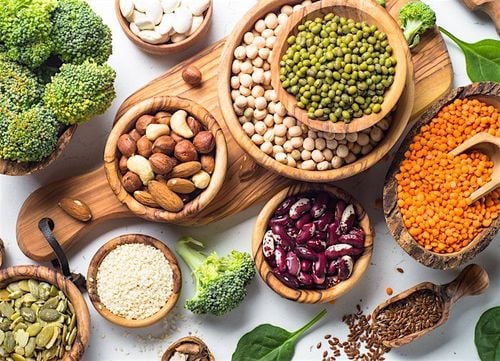
Chức năng của Carbohydrate
At higher pH levels, remineralization can occur, using calcium and other minerals found in saliva. Therefore, it is important that we try to consume less foods and drinks containing sugar and other fermentable carbohydrates so that the teeth have a chance to repair themselves. Doctors often recommend that you limit foods and drinks that contain sugar and other fermentable carbohydrates. (e.g. salty snacks) at mealtimes (eg 3 meals plus a few snacks) is one way to reduce the incidence of tooth decay (limiting the presence of other foods reduces the risk of tooth decay). pH). Chewing sugar-free gum that promotes saliva production is also thought to be helpful in restoring the optimal pH at the tooth surface. A common artificial sweetener in sugar-free gum (Xylitol) has also been found to reduce the risk of tooth decay.
Another factor that affects the risk of developing caries is the inattention (stickiness) of carbohydrates. Foods such as dried fruit, coffee or coffee when eaten can stick to the teeth thereby lowering the pH in the mouth compared to less sticky foods.
Although diet is related to oral health, the best way to reduce the risk of tooth decay is to brush your teeth regularly twice daily. We should use toothpaste containing fluoride to remove food stuck on teeth or stuck between teeth. In addition to brushing, you can also use dental floss to remove excess food as well as help limit bacteria that cause tooth decay. In addition, regular dental check-ups are important to ensure that oral health is maintained.
Tooth erosion is also a concern for oral health, however tooth erosion is more often caused by acidic foods and beverages than by the fermentation of carbohydrates in the diet.
3.2. Carbohydrates and diabetes
The level of glucose in the blood is carefully monitored and kept within narrow limits by the action of the hormone insulin.When you have diabetes, the body does not produce enough insulin or the insulin is not produced effectively. If left untreated, blood glucose levels become too high which can harm the patient. Elevated blood glucose, known as hyperglycemia, can adversely affect brain function and with a lack of insulin the body's cells cannot absorb glucose, leading to fatigue and weight loss.
Therefore, to ensure health, people with diabetes need to change their diet and if necessary, they may need to inject insulin or take medicine to help insulin in the body work more effectively.
The recommended diet for people with diabetes should be high in complex carbohydrates and low in fat, which is also now recommended for the general population. Therefore, we do not necessarily have to eliminate sugar from our diet, but we should minimize the intake of sugar to protect our health.
People who use insulin to control their diabetes need to make sure they eat enough carbohydrate foods on a regular basis. The diet helps people with the disease control their blood sugar and can also reduce their risk of developing heart disease, coronary heart disease, and a number of other conditions that people with diabetes are prone to.
The most common type of diabetes today is type 2 diabetes, often associated with being overweight. It is known that type 2 diabetes has become more common than obesity in the UK. Although this diabetes was once called "adult-onset diabetes", it is also now being diagnosed in obese children. Therefore, subjects with type 2 diabetes need to limit their energy intake, maintain a healthy lifestyle and lose weight.
The glycemic index (GI) of a food is a measure of how much glucose is released into the bloodstream. Low GI foods, such as brown pasta, porridge, beans, and lentils usually break down slowly during digestion and thus release glucose slowly into the bloodstream. Although some studies have suggested that a low GI, high-fiber diet may help reduce the risk of type 2 diabetes, there is currently not enough consistent evidence to recommend a low-GI diet. Low GI for prevention. However, many low-GI but high-fiber foods are an important component of a healthy varied diet.
There is also a lot of evidence that, in adults, regular physical activity of about 150 minutes of moderate intensity can be effective in reducing the risk of type 2 diabetes and helping people with diabetes. diabetes control condition. The optimal activity level for people with diabetes may be higher than current recommendations (for example, if overweight). However any level of activity is better than none. People with diabetes should talk to their doctor before starting new activities.
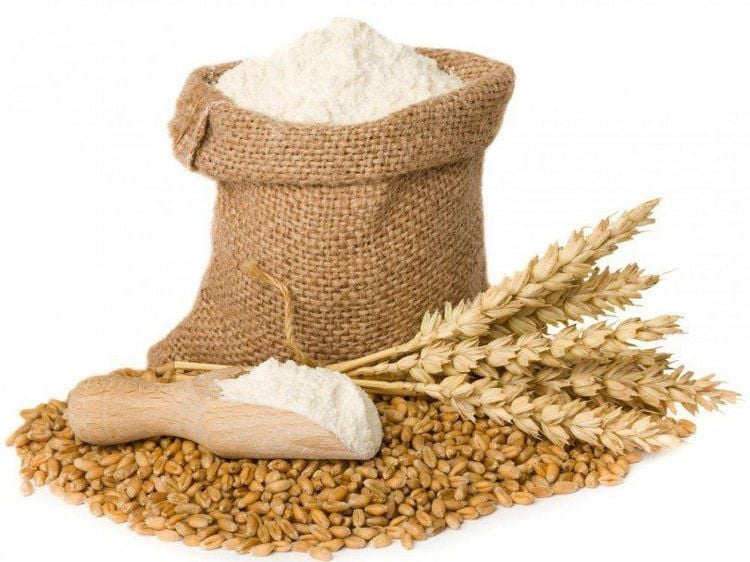
Yến mạch chứa beta-glucan, một mức cholesterol trong máu cao có tăng nguy cơ mắc bệnh tim mạch
3.3. Carbohydrates and cardiovascular disease (CVD)
Oats contain beta-glucan, a high blood cholesterol level that has been linked to an increased risk of cardiovascular disease. Some forms of complex carbohydrates, such as pectin in fruit and beta glucan in oats, can slightly lower blood cholesterol levels. These are forms of soluble fiber. There is now some evidence that resistant starch may have a mild or beneficial effect on cardiovascular disease risk. Regular consumption of whole-grain foods has been linked to heart health, possibly as a result of breakdown products (e.g., short-chain fatty acids like butyrate) being formed and absorbed in the large intestine.3.4. Carbohydrates and cancer
Many studies have shown that people who eat a lot of foods rich in fiber have a lower rate of colon cancer than the population that eats less of these foods.3.5. Carbohydrates and obesity
Too much energy in the diet can lead to excess weight gain regardless of the type of food, but contrary to popular belief, grams for grams of carbohydrates provide less energy than fats or alcohol. High-fiber foods are often recommended in weight loss diets. They contain less energy than high-fat foods, providing a feeling of fullness for longer.To have a good health we should balance the amount of carbohydrates in food accordingly. In case if you are suffering from underlying diseases, you can seek the advice of specialist doctors.
Please dial HOTLINE for more information or register for an appointment HERE. Download MyVinmec app to make appointments faster and to manage your bookings easily.
Source: nutrition.org.uk




